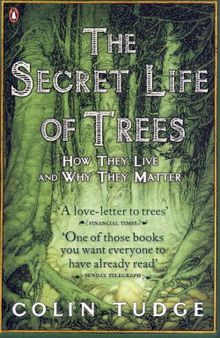


Yet in his quiet way he is startlingly radical. Some might dismiss Wohlleben as a sentimentalist and a “tree-hugger”, but this would be a grave misapprehension part of the pleasure of his book is his – literally, again – down-to-earth tone, and drily humorous prose style. While he does not say so in so many words, he lets us know, in this marvellous book – literally, it is a book of marvels – that in his opinion, and in the opinion of an increasing number of specialists, trees are sentient: they are communal, they care for their young and for their neighbours they remember, they can learn and they can count they may even have emotions and feel pain. He is a forester and environmentalist, who has the care of a forest of venerable beeches in the Rhineland municipality of Hümmel in central Germany, so he knows whereof he speaks. Peter Wohlleben, in his disarmingly candid and unemphatic fashion, begs to differ. We believe that our state, our "being alive", is in contradistinction to that of so-called inanimate objects, such as rocks, rivers – and trees. Human beings are alive, so are animals, and so even, at one time, were the gods.

To be "merely" living is to be passive, and gradual to the point of inanition – as TS Eliot has it in The Four Quartets, "that which is only living / Can only die" – whereas to be alive is to be swiftly kinetic, primed with awareness, as when we say we "are alive to" this or that situation or phenomenon. Is there a distinction to be made between living and being alive? Certainly the language suggests there is.


 0 kommentar(er)
0 kommentar(er)
